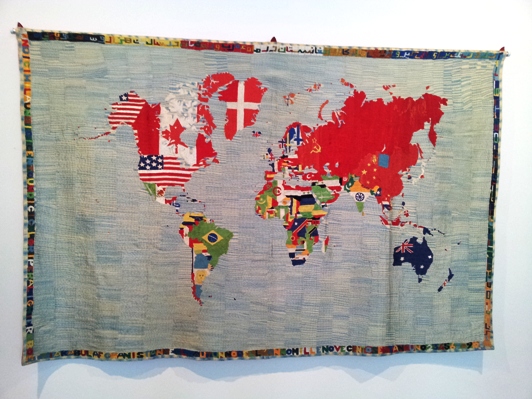My contribution to the “Art Trafficking and Restitution” roundtable
organized by Walk of Truth at the Peace Palace in The Hague
16 September 2013
Ladies and Gentlemen,
In the late 1970s, when Kabul was still known as a stop on the hippy trail, the city’s museum boasted one of the richest collections of Asia. It spanned from the early Indus valley civilizations to the highlights of Islamic civilization, from Roman glass to Indian ivories; indeed Afghanistan had been the cradle of Zoroastrianism and highly syncretic cultures such as Hellenic Buddhism, producing highly developed art forms unique to this area.
I will describe the actions a few individuals undertook to preserve the most valuable parts of the collection of the National Museum of Afghanistan for posterity. This allowed us all to see the magnificent exhibition of the National Treasures of Afghanistan, in the Nieuwe Kerk in Amsterdam or elsewhere in the world. I have a few books here for those interested




